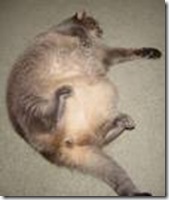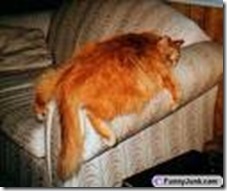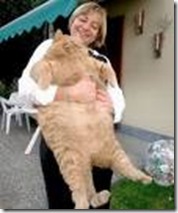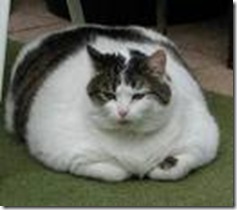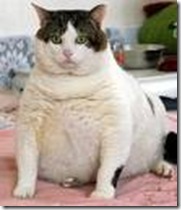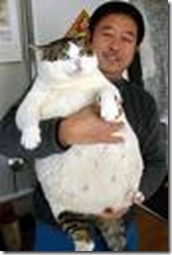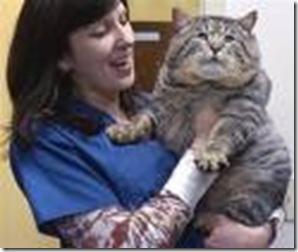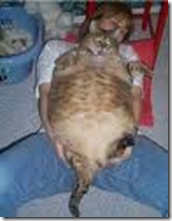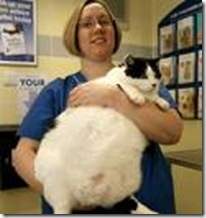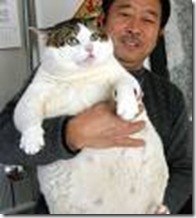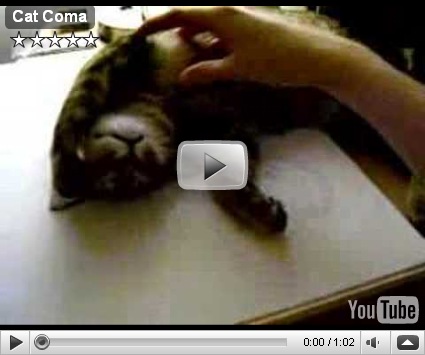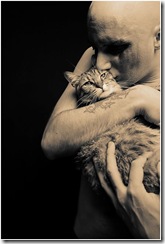Wednesday, December 30, 2009
Tuesday, December 29, 2009
Monday, December 28, 2009
Big-eyes Lemur
Lemurs are primates endemic to the island of Madagascar and smaller surrounding islands, such as the Comoros, where they were likely introduced by humans. Molecular genetics indicates that they reached Madagascar after it broke away from mainland Africa, possibly by "rafting" across the ocean on large clumps of vegetation. While their ancestors were displaced in the rest of the world by monkeys and apes, the lemurs were safe from competition on Madagascar and differentiated into a number of species. These range in size from the tiny 30 gram (1 oz) Madame Berthe's Mouse Lemur to the 10 kilogram (22 lb) Indri. Larger species, some of which weighed up to 240 kg, have all become extinct since humans settled on Madagascar. Typically, the smaller lemurs are nocturnal, while the larger ones are diurnal.
The small cheirogaleoids are generally omnivores, eating a variety of fruits, flowers and leaves (and sometimes nectar) as well as insects, spiders and small vertebrates. The remainder of the lemurs - the lemuroids - are primarily herbivores, although some species supplement their diet with insects.
Except for the Indri, all lemurs have long tails that they use for communication with each other and balance when leaping between trees. They have opposable thumbs and long toes adapted for gripping tree branches. Lemurs have nails rather than claws on all digits except the second toe of each hind foot, which has a toilet-claw for grooming. All lemur species have a tapetum, the reflective layer over the retina that enhances night vision.Lemurs are thought to have limited color vision.Lemurs depend heavily on the sense of smell and have large nasal cavities and moist noses.
Unlike most other primates, lemur species that live in groups have a matriarchal society (i.e., females are dominant over males). Most lemur species are arboreal and traverse the canopy by vertical clinging and leaping or quadrupedalism, with the exception of the Ring-Tailed Lemur, which spend more time on the ground than other species.
Friday, December 25, 2009
Monitoring cats health
Health check list 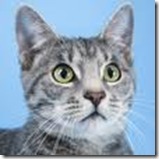
Eyes - Eyes should be bright and clear, with no signs of runniness, redness or soreness. Your cat should not squint or shy away from light (as though looking at the light hurts the eyes) and if you notice him bumping into objects all of a sudden, we recommend you take him to your vet for a thorough exam. Nose - Your cat's nose is usually soft and damp to the touch. There should be no crusting on the surface of a healthy nose, nor should there be any runny or thickened discharges or bleeding. If you do notice any discharge or sneezing, (particularly if your cat’s eyes are also a little runny) it is definitely worth taking him to the vet for a thorough clinical exam as cats are susceptible to flu.
Skin & Coat - Your cat’s skin can be pink or black depending on the pigments common to that breed or the individual genetic history. It should be free of crusting, itching, scaling, black/white spots, infection or hot and inflamed areas. The coat should be thick (depending on breed) and shiny with no broken hairs, bald patches, dandruff or fleas. Hair can be shed all year round, but it's normally worse in summer and autumn - so it is good to get your cat into the habit of regular grooming from an early age.
Body condition - You need to become familiar with performing regular body condition scores on your cat. When you run your hands over your cat, you should be able to feel and (depending on breed/coat length) sometimes see their ribs relatively easily, with only a slight covering of fat. There should be a well-defined hourglass waist when viewed from above and a very slight belly should be visible. Performing regular body condition score checks on your cat, will enable you to notice any changes that may occur over time and alert you to possible weight loss or gain, which can sometimes indicate underlying health problems and should always be checked by your vet.
Ears - Your cat’s ears should always be clean and without any thick brown or green waxy discharge. There should also be no redness, itchiness or offensive smells. For thinly-haired cats or those with white-tipped ears, consider using sunscreen lotion to prevent sunburn (which can lead to skin cancer). The ear is a very delicate and sensitive area and as the eardrum can be easily perforated it is never recommended to probe with cotton buds into the ear canal. If your cat starts to hold his head to one side, rubs one side of his face along the carpet/grass or is always shaking his head, we recommend you take him to your vet for a thorough ear exam
Mouth - Bad breath is not just a cosmetic or social problem though we all know cats with bad breath can be less than pleasant company. Bad breath can also indicate an underlying digestive or kidney problem. More commonly it is an indication of bacterial overgrowth/plaque on the teeth/gums, which can lead to tooth decay and this in turn can potentially lead to organ problems if left untreated. Teeth should be white/cream with no excess tartar, which looks thick and brown. The gums should be a healthy pink or black and not red, swollen or bleeding. Look out for dropping food, reluctance to eat, excess salivation, clawing at the mouth or bad breath as a sign of mouth problems. You should always ask your vet to check your cat’s teeth every time you visit and ideally get your cat used to having his teeth brushed twice a day with special cat toothpaste.
Nails - These should be smooth and can either be white or black. Nails that are roughened and flake or break easily may require veterinary attention. When checking your cat’s nails, squeeze gently on the pads to allow the nails to emerge for proper exam and don’t forget to check their dew-claws. These are not always present, but can be found on the inside of the leg just above the paw. Some cats have them on the front legs only, some have them front and back, and some don't have any at all!
Digestion - Cats tend to be relatively fussy eaters and this is related to the difficulty they experience when it comes to vomiting. Cats can vomit, but it requires a tremendous amount of whole body effort and consequently they are normally very careful about what they consume. Occasional regurgitation of food and vomiting of hairballs can be normal, but generally there should be no vomiting, reluctance to eat or difficulty experienced when eating food. Do keep an eye on your cat’s appetite and always know what you and what everyone else in the family may be feeding! Make any dietary changes a gradual process, normally over the course of 7-10 days. Stools should be a consistent brown colour of solid texture, without any straining, blood or mucus (clear jelly) passed. If you notice any changes in appetite or digestion this may be normal, but it is always recommended to seek veterinary advice.
Thirst - Healthy cats eating dry or wet food often don't appear to drink that much and often like to drink from unusual sources such as dripping taps. Outdoor cats will often find a source of water outside of the home, but regardless of whether your cat is an indoor or outdoor cat, ALWAYS have a large bowl of fresh, clean water available. If your cat suddenly becomes very thirsty or starts drinking more than usual without excessive exercise, it can indicate an underlying medical problem and we would recommend you consult your vet.
Attitude - Your cat’s general attitude to life can tell you a lot! If you notice your cat sleeping more than usual, or if he seems quieter and less playful than usual, it can mean your cat is feeling under the weather. Poorly cats can also shy away from human contact, start urinating in unusual locations or sometimes appear unusually aggressive for no apparent reason. Keep a close eye on things as cats are experts at hiding illness and if you're worried at all, always ask your vet for advice.
Thursday, December 24, 2009
Wednesday, December 23, 2009
Sunday, December 20, 2009
Subscribe to:
Posts (Atom)


